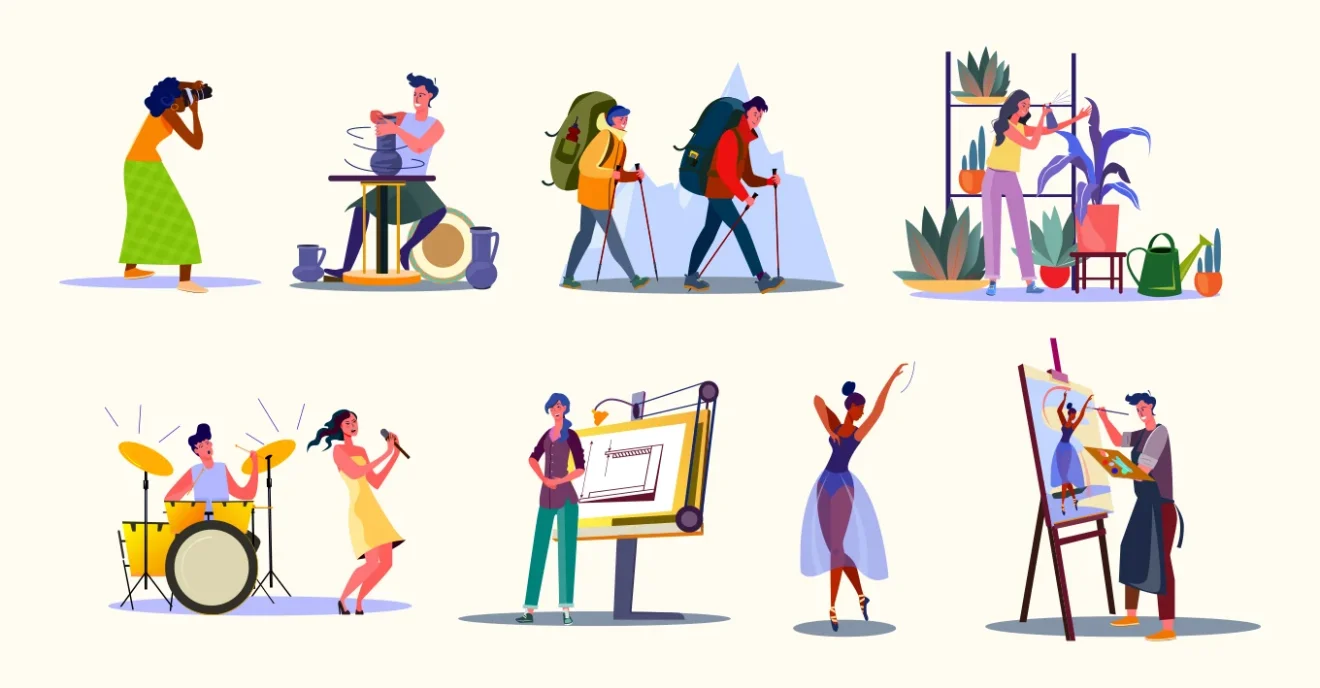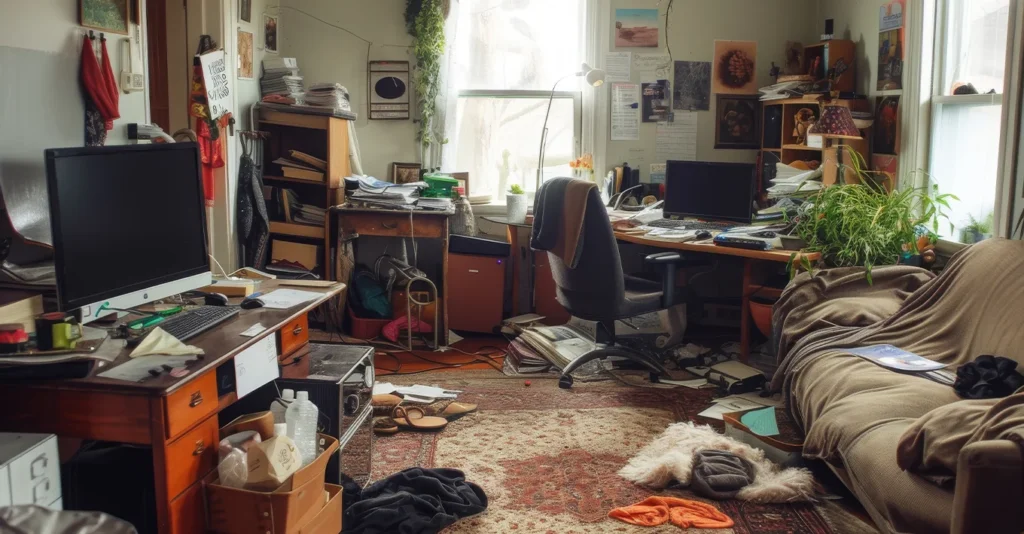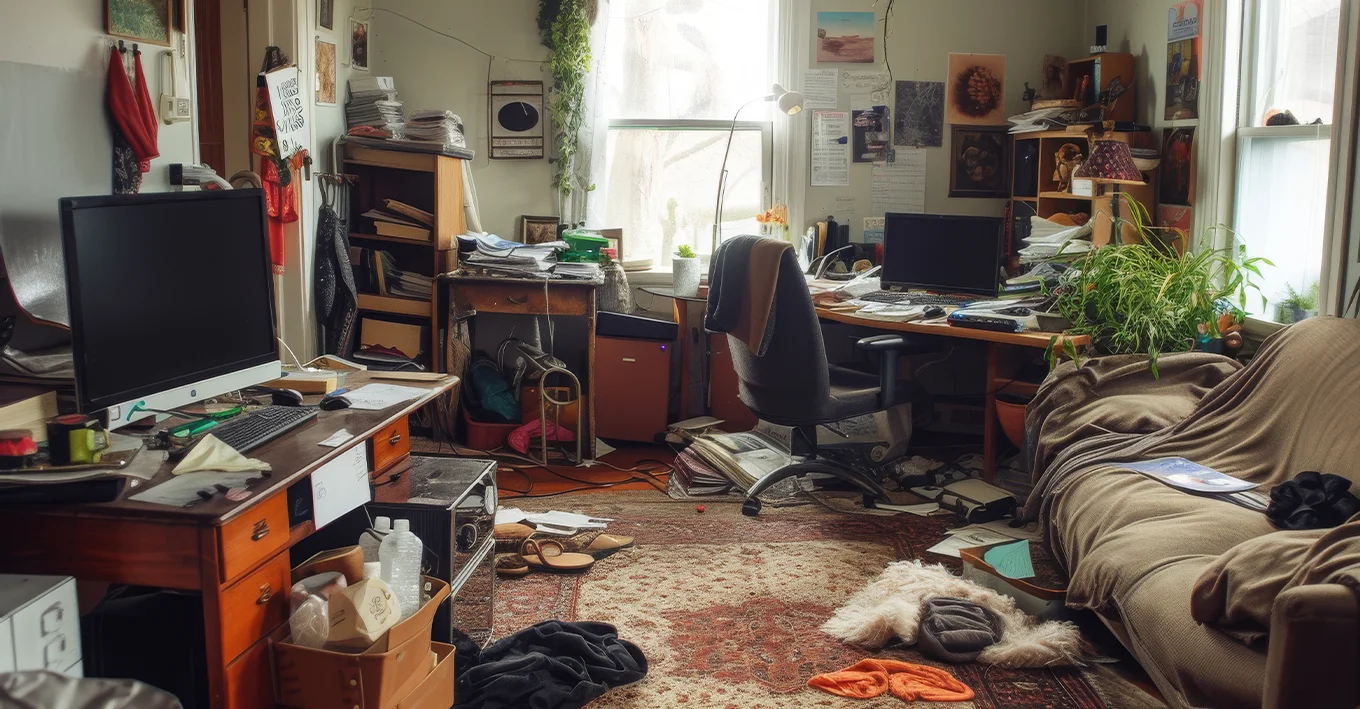Creativity and mental health have long been intertwined, with many artists, writers, and thinkers throughout history experiencing both immense creativity and mental health challenges.
While the relationship between the two is complex, there’s a growing body of research highlighting the profound connection between creativity and mental well-being.
Let’s dive into how creativity and mental health are intertwined:
1. Outlet for Expression
Creativity provides a powerful outlet for expressing emotions and thoughts that may be difficult to articulate verbally. Whether through art, writing, music, or other forms of creative expression, individuals can channel their feelings in constructive ways, promoting emotional release and catharsis.
2. Coping Mechanism
Engaging in creative activities can serve as a coping mechanism for managing stress, anxiety, and depression. Creating art or engaging in creative pursuits can offer a temporary escape from negative thoughts and feelings, providing a sense of relief and distraction.
3. Self-Discovery
Creativity encourages self-exploration and introspection, allowing individuals to look into their inner world and explore their thoughts, feelings, and experiences. This process of self-discovery can promote self-awareness and personal growth, contributing to overall mental well-being.
4. Flow State
Creativity often involves entering a state of flow, where individuals are fully immersed in the present moment and deeply engaged in their creative process. This state of flow is associated with feelings of joy, fulfilment, and heightened focus, offering respite from worries and anxieties.
5. Sense of Purpose
For many, creativity provides a sense of purpose and meaning in life. Whether pursuing artistic endeavours professionally or as a hobby, engaging in creative pursuits can instil a sense of identity and direction, contributing to a positive sense of self and overall life satisfaction.
6. Connection with Others
Creative expression can foster connections with others, whether through collaboration on artistic projects, sharing work with an audience, or participating in creative communities. These connections provide opportunities for social support, validation, and mutual inspiration, enhancing feelings of belonging and connection.
7. Emotional Regulation
Engaging in creative activities can help regulate emotions and promote emotional balance. Expressing difficult emotions through art or writing, for example, can help individuals process and make sense of their feelings, leading to greater emotional resilience and well-being.
8. Problem-Solving Skills
Creativity encourages flexible thinking, innovation, and problem-solving skills. When faced with challenges or setbacks, individuals who regularly engage in creative activities may be better equipped to approach problems from new perspectives and find creative solutions.
9.Mindfulness and Presence
Creativity often requires a heightened sense of mindfulness and presence, as individuals focus their attention on the creative process and immerse themselves fully in the present moment. This mindfulness practice can cultivate greater awareness, reduce rumination, and promote mental clarity.
10. Empowerment
Engaging in creative works empowers individuals to express themselves authentically and assert themselves in the world. Creativity fosters a sense of autonomy and empowerment, encouraging individuals to take ownership of their thoughts, feelings, and experiences.
Creativity serves as a powerful tool for expression, coping, self-discovery, and connection, offering a range of benefits for mental well-being. By nurturing our creative impulses and embracing the creative process, we can cultivate greater resilience, self-awareness, and fulfilment in our lives.









